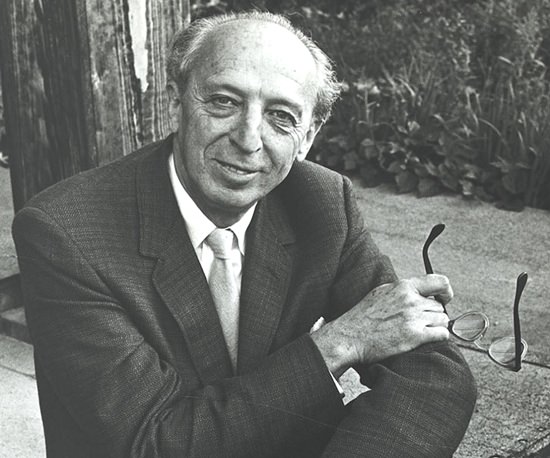
A few days ago during some moments of reflection, I realized that over the years many of my best friends have been woodwind players. At school and music college back in The Old Country I seemed to spend much of my time with woodwind people. I really don’t know why. Throughout my professional life involved in music in one way or another, I have found that woodwind players are generally decent, kind and civilized individuals. I know this to be true because I once saw it written on the back of someone’s T-shirt. “Woodwind players are nice people”, it said. There must be exceptions, but I honestly cannot bring any to mind. So if you happen to be a woodwind player, come over for a drink sometime. I’m sure we would get on well.
Everyone knows that a modern symphony orchestra contains four families of instruments, woodwind, brass, strings and percussion. The brass instruments are made of brass and it would be reasonable to assume that woodwind instruments are made of wood. Not so, of course. In any case, this is an over-simplification. Even when a woodwind instrument has a wooden body, it has stainless steel screws and mechanical parts, cork to line the joints and leather or some synthetic material for the pads under the keys.
Flutes were originally wooden but their tone is too usually soft for modern orchestral use. Yamaha still make them and they’re sometimes seen in early music ensembles. Today, most flutes are made of silver-plated brass. Early clarinets were made from boxwood, pear wood, plum wood and sometimes even ivory. In the 1930s, there was a brief vogue for metal clarinets, especially in jazz bands. Today the bodies of clarinets and oboes for student use are typically made from plastic or some other synthetic material. Professional models are usually made from African Blackwood or Granadilla and bassoons are made from Maple or Rosewood. Saxophones are made of brass, but considered woodwind instruments because their sound-source is a reed, similar to that of a clarinet. The oboe and bassoon are known as double-reed instruments for obvious reasons. Flutes don’t use reeds of any sort, thus saving flute players a great deal of time and money.
Incidentally, there’s a significant difference between student and professional instruments. You can pick up a student flute for example for a few hundred dollars but a professional model will set you back several thousand. But it’s not just the price-tag. A professional player demands an instrument with superior tone quality and projection power, spot-on intonation, high-quality and unfailing mechanical parts, ease of operation during difficult passages and robust enough to withstand hours of constant daily use. Professional flutes are often made from solid silver, sometimes even gold or platinum. A much sought-after Muramatsu 14K gold flute is just under $27,000. And that’s just the starting price.
Alessandro Ignazio Marcello was born in Venice and was the son of a senator. Later, as a nobleman, he enjoyed a comfortable life and had the time and money to dabble in poetry, philosophy, mathematics and music. Although he was a competent composer, Alessandro evidently wrote music largely for his own amusement. He published several sets of concertos as well as vocal works and violin sonatas. Incidentally, don’t confuse him with his younger and more famous brother Benedetto Marcello. This oboe concerto was published in 1717 and it’s perhaps his best-known work. Alessandro Marcello published most of his music under the pseudonym of Eterio Stinfalico but this three-movement oboe concerto is an exception, being published under his real name. Oh, and case you’re wondering, the orchestra is indeed from La Scala in Milan. It was formed in 1982 by the members of the opera orchestra and they regularly perform without a conductor.
The first movement must be one of the most beautiful pieces ever written. Few composers have the gift of writing music that sounds truly American but Copland is one of them. He started the work in 1947 and scored it for strings, piano and harp. It was commissioned by clarinetist Benny Goodman who evidently paid two thousand dollars for the concerto. There are just two movements, linked by an unaccompanied cadenza. The first movement is slow and expressive, full of what’s been described as Copland’s “bitter-sweet lyricism”. The cadenza introduces some of the Latin-American and jazz themes that dominate the lively second movement. This is one of the best recordings around, performed by a brilliant soloist and an incredibly good chamber ensemble. Just listen to the sparkling and virtuosic closing section from 14:15 onwards and the thrilling glissando on the last chord.
 |
 |
 |





